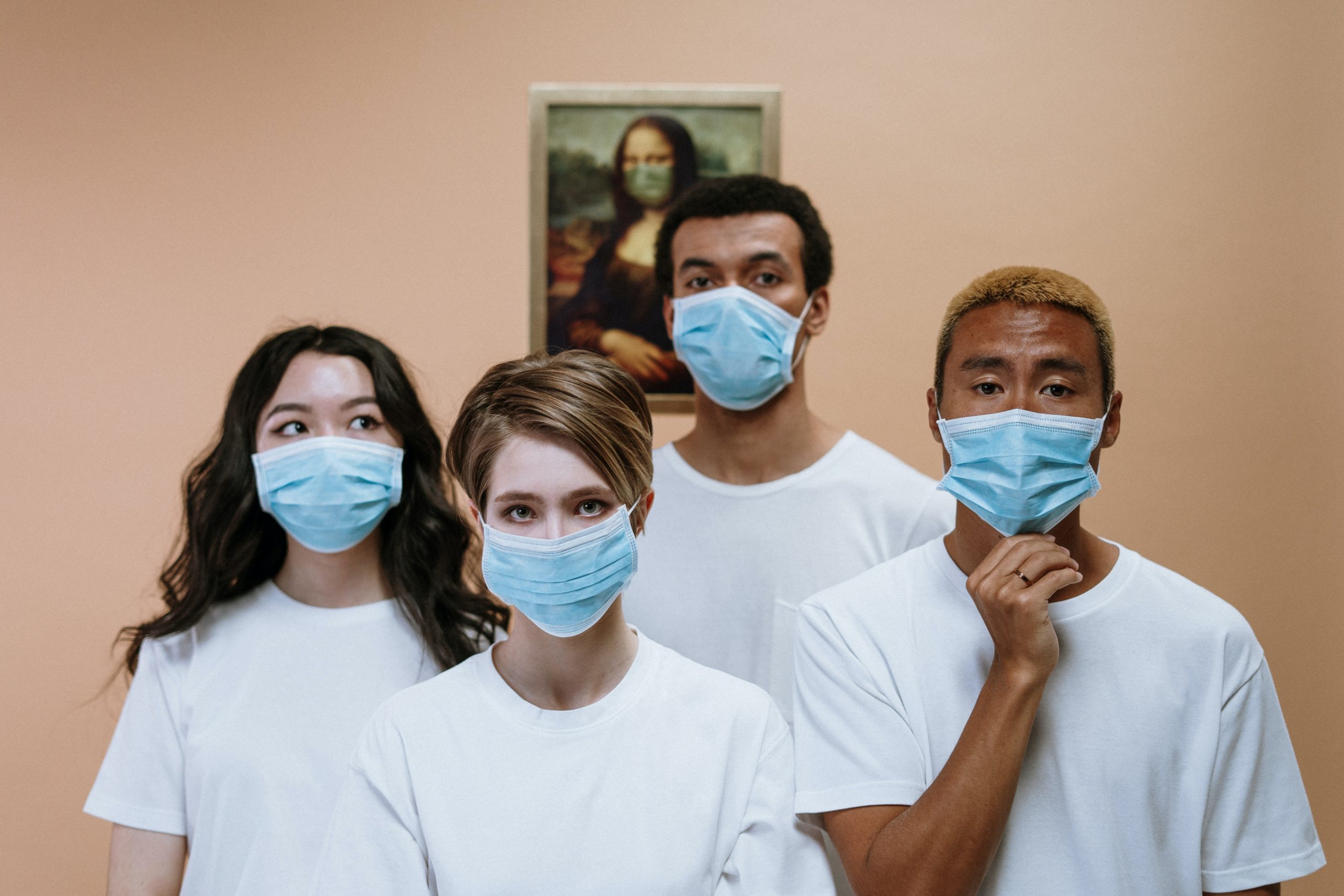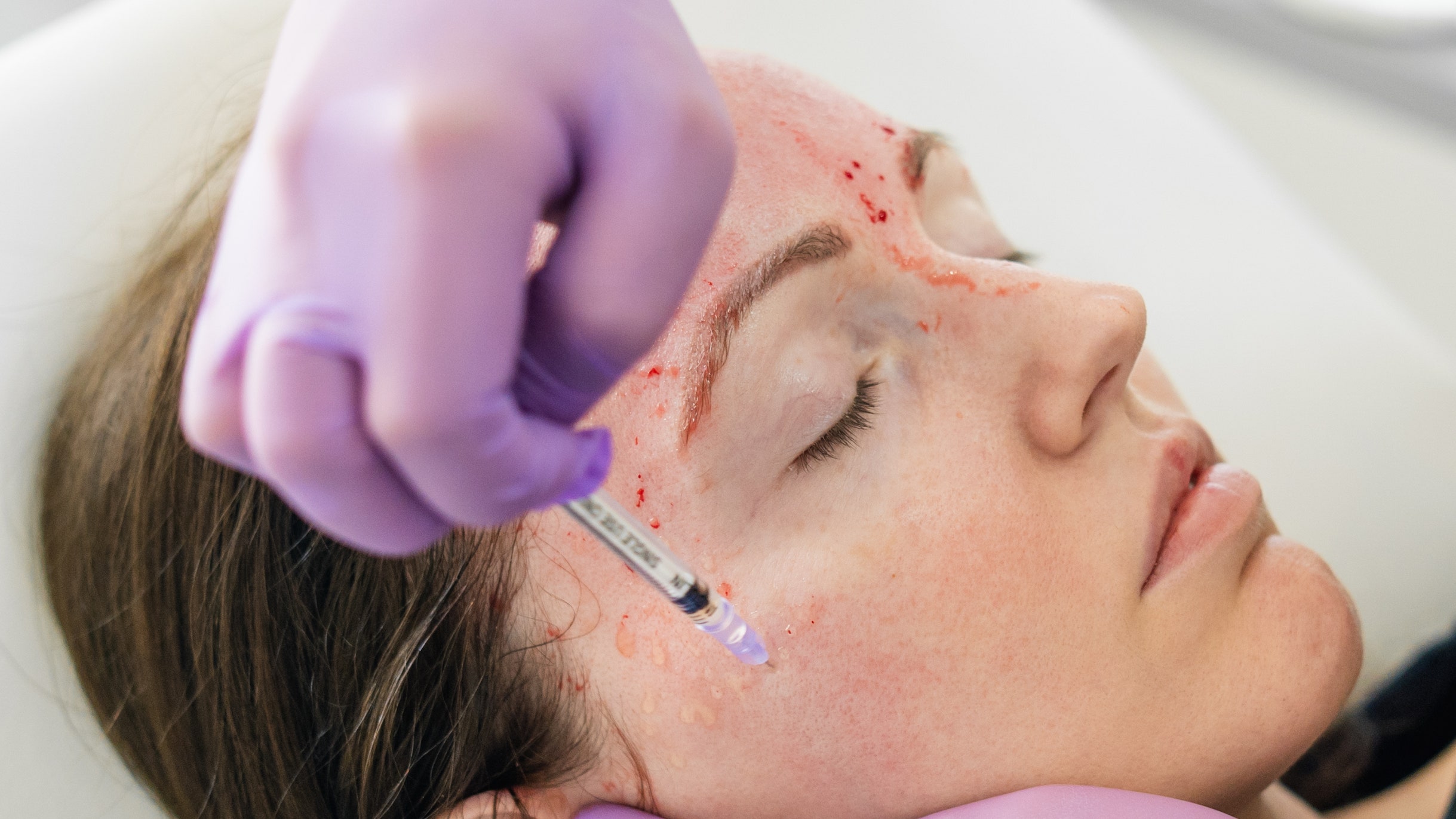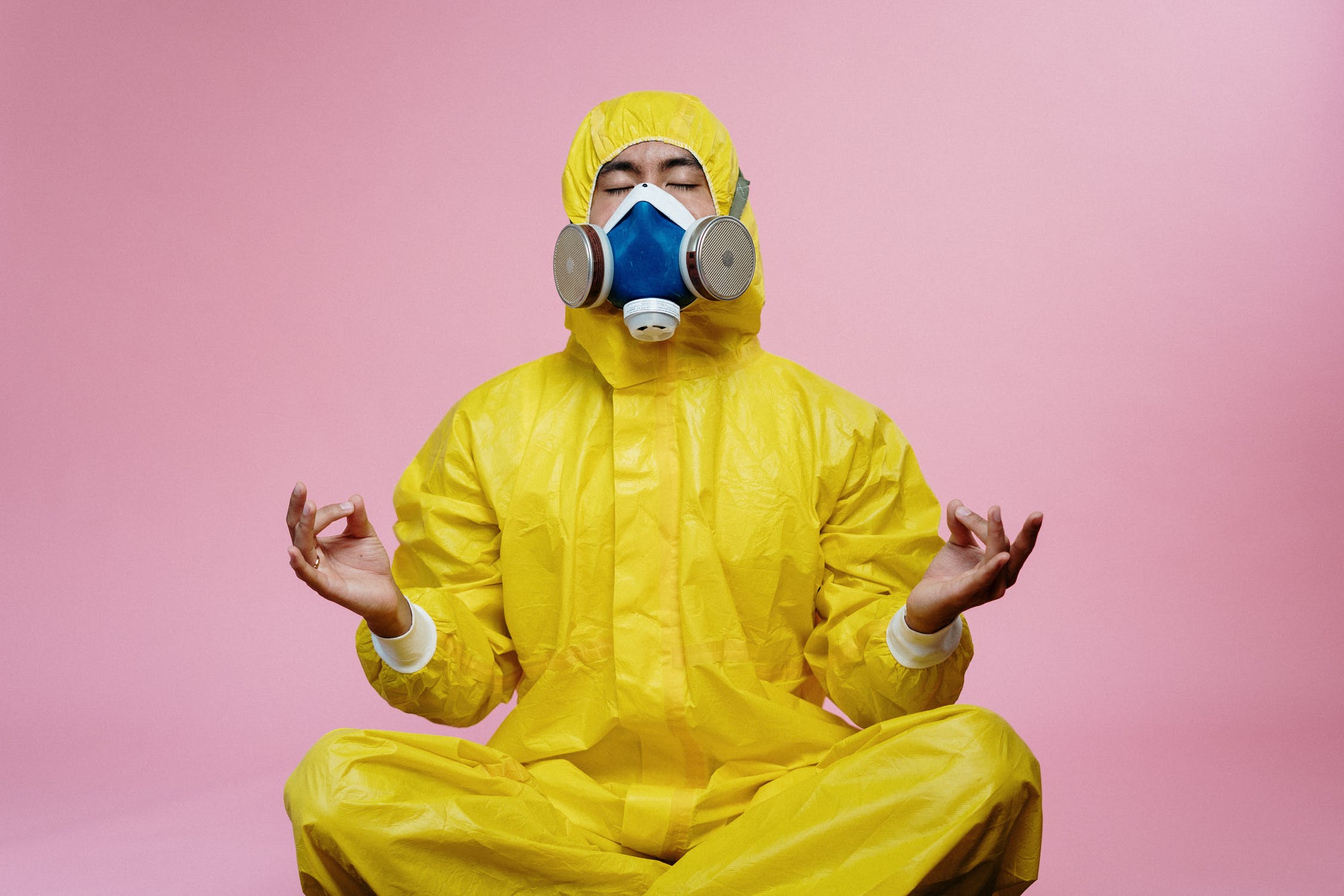101 Series: What is Maskne?
Share

If you are developing breakouts from wearing a mask, you’re not alone. This condition, trendily coined as “maskne” (mask acne) during the COVID-19 pandemic, is an emerging issue.
If you’re not personally dealing with maskne (lucky you!), you may know a coworker, friend or relative who is. Although it is a new concern for many of us new(er) to mask wearing, healthcare workers and other professionals required to wear face masks regularly have been familiar with this skin condition for quite some time. In the medical field, maskne is know as acne mechanica and it is generally associated with regular wearing of headgear or personal protective equipment.

Why does maskne develop? With or without mask wearing, your skin hosts many oils, bacteria and dead skin cells. When the warm, humid air from breathing or talking with your mask on gets trapped in the O-Zone area, however, it creates the perfect environment for bacteria, yeast and even some types of skin mites to thrive! With these substances sitting right on the skin surface, clogged pores often follow. This impact to the skin microenvironment, as well as mechanical stress, like textile-skin friction, are two factors that can cause maskne.

Though acne is one of the more commonly associated skin conditions that can result from wearing a mask, it’s certainly not limited to this. Other potential skin conditions faced by mask wearers include rosacea, folliculitis, and allergic contact dermatitis (ACD). Not only can prolonged mask wearing create new skin problems like those just listed, it can also worsen existing skin issues. In fact, a new study and survey by Galderma concluded that the symptoms experienced by untreated rosacea patients worsened after regular mask wearing, including a decrease in their quality of life. Because of the variety of skin conditions that can result from wearing a mask, the exact contributors may differ person to person.
While maskne and these other skin conditions may be frustrating, face masks help protect you and those around you from COVID-19. We’ve dealt with much uncertainty over the last year. Rather than relying on mask mandates to be lifted, let’s focus on what we can control. For details on how to handle and prevent maskne, check out our recent article, “How to Deal with Maskne?“.
References:
1. Damiani et al. COVID‐19 related masks increase severity of both acne (maskne) and rosacea (mask rosacea): Multi‐center, real‐life, telemedical, and observational prospective study. Dermatologic Therapy. 2021; 34(2): e14848 [Pubmed]
2. Hua W, Zuo Y, Wan R, et al. Short‐term skin reactions following use of N95 respirators and medical masks. Contact Dermatitis. 2020; 83(2):115‐121. [PubMed]
3. Teo WL. Diagnostic and management considerations for ‘Maskne’ in the era of COVID‐19. J Am Acad Dermatol. 2020;84(2):520–521. – [PubMed]
4. Gomolin, Tamar A., Abigail Cline, and Marian Russo. “Maskne: exacerbation or eruption of acne during the COVID-19 pandemic.” SKIN The Journal of Cutaneous Medicine 4.5 (2020): 438-439. [Pubmed]
5. www.cleavelandclinic.org | Accessed April 2, 2021.
6. www.aad.org | Accessed April 2, 2021.
7. Image credit – Cottonbro and Dr. Wan-Lin Teo (JAAD)
If you enjoyed our content, please share, comment, like and follow us on your favorite platforms!
.
.




